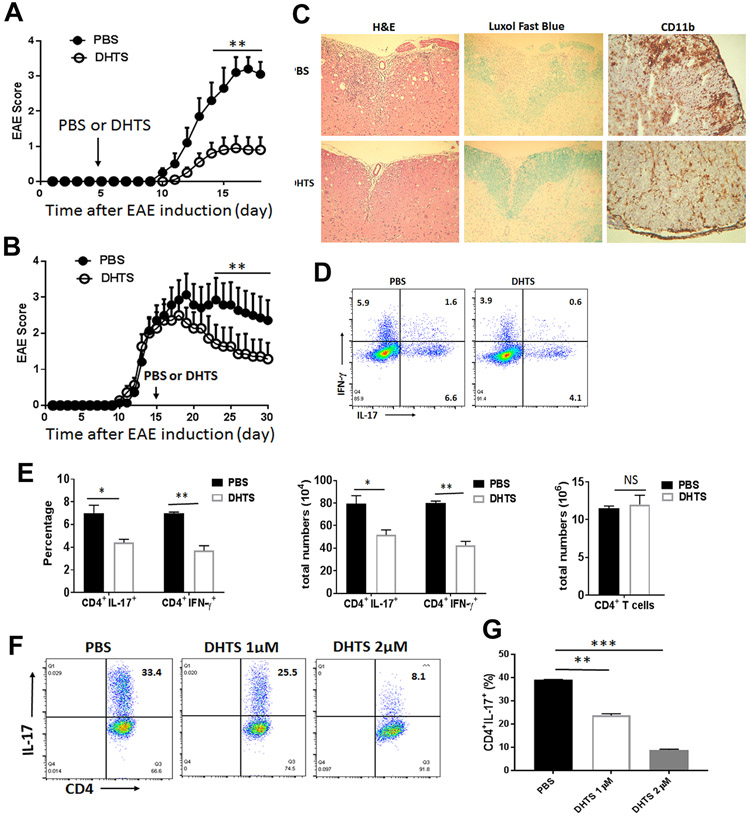Figure 6. Targeting HuR by DHTS ameliorates chronic EAE.
EAE disease course in WT mice that were injected i.p. with either DHTS or PBS every other day starting from day 5 (A) or 15 (B) after disease induction with MOG in complete Freund’s adjuvant (CFA. (C) Representative histopathology of spinal cords of EAE mice treated with PBS or DHTS were stained by H&E, Luxol fast blue and anti-CD11b staining. (D) Representative CD4+IL-17 and CD4+ IFN-γ producing cells in the splenocytes of EAE mice treated with PBS or DHTS as described in panel B at the end of experiment (day 30) were shown. (E) Summary of the flow cytometry data of CD4+IL-17 and CD4+ IFN-γ-producing cells in the spleen of EAE mice treated with PBS or DHTS at the end of experiment (day 30). (F) Naïve CD4+ T cells were cultured under Th17 cell polarization condition with or without different dosage of DHTS (1 to 2μM/ml) for 72 hours. Representative flow cytometry data was shown. (G) Summary of three independent experiments were shown for frequency of CD4+IL-17+ T cells measured by flow cytometry assay (mean ± SEM). *, p<0.05; **, p<0.01; *** p<0.001. Data in panel A are summary of two experiments (N=10 mice/per group). Data in panel B represent one of two independent experiments (N=7 mice/per group).

